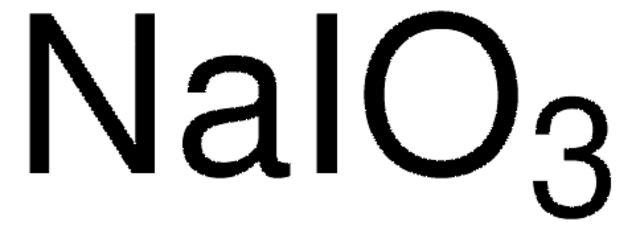T4000
Tetranitroblue tetrazolium chloride
Synonym(s):
3,3′-(3,3′-Dimethoxy-4,4′-biphenylene)bis[2,5-bis(p-nitrophenyl)-2H-tetrazolium chloride], TNBT, Tetranitrotetrazolium blue chloride
About This Item
Recommended Products
Assay
≥90%
form
powder
mp
~170 °C (dec.)
solubility
water: 1 mg/mL, clear to hazy, yellow
application(s)
diagnostic assay manufacturing
hematology
histology
storage temp.
2-8°C
SMILES string
[Cl-].[Cl-].COc1cc(ccc1-[n+]2nc(nn2-c3ccc(cc3)[N+]([O-])=O)-c4ccc(cc4)[N+]([O-])=O)-c5ccc(c(OC)c5)-[n+]6nc(nn6-c7ccc(cc7)[N+]([O-])=O)-c8ccc(cc8)[N+]([O-])=O
InChI
1S/C40H28N12O10.2ClH/c1-61-37-23-27(7-21-35(37)47-43-39(25-3-9-31(10-4-25)49(53)54)41-45(47)29-13-17-33(18-14-29)51(57)58)28-8-22-36(38(24-28)62-2)48-44-40(26-5-11-32(12-6-26)50(55)56)42-46(48)30-15-19-34(20-16-30)52(59)60;;/h3-24H,1-2H3;2*1H/q+2;;/p-2
InChI key
VCESGVLABVSDRO-UHFFFAOYSA-L
Looking for similar products? Visit Product Comparison Guide
Signal Word
Danger
Hazard Statements
Precautionary Statements
Hazard Classifications
Carc. 1B
Storage Class Code
6.1C - Combustible acute toxic Cat.3 / toxic compounds or compounds which causing chronic effects
WGK
WGK 3
Flash Point(F)
Not applicable
Flash Point(C)
Not applicable
Personal Protective Equipment
Choose from one of the most recent versions:
Already Own This Product?
Find documentation for the products that you have recently purchased in the Document Library.
Customers Also Viewed
Our team of scientists has experience in all areas of research including Life Science, Material Science, Chemical Synthesis, Chromatography, Analytical and many others.
Contact Technical Service










